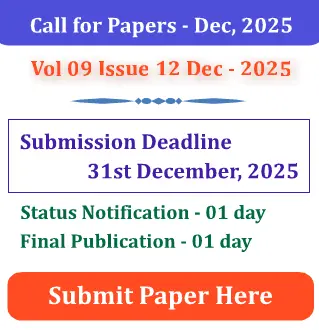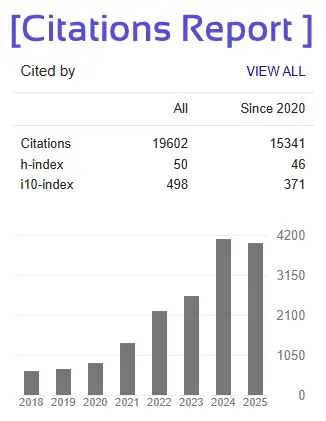- Version
- Download 51
- File Size 447.30 KB
- File Count 1
- Create Date 17/06/2025
- Last Updated 17/06/2025
“Between the Headlines: A Comparative Study of Indian and International Television News Perspectives on the Pre-War India-Pakistan Tensions”
By Dr. Tejaswini Devakumar,
Msc, PhD, Department Mass Communication and Journalism, Bengaluru City University, Bengaluru-560001
Abstract
This research paper offers a critical and in-depth examination of how television news channels in India and internationally framed, narrated, and presented the escalating tensions between India and Pakistan, particularly focusing on the volatile pre-war context surrounding the 2019 Pulwama-Balakot incident. The study is rooted in the theoretical framework of media framing and employs qualitative content analysis as its primary methodology to dissect the contrasting editorial strategies, linguistic features, emotional tones, and visual choices employed by both Indian and global broadcasters.
The investigation seeks to understand how nationalistic fervor, geopolitical orientations, and varying degrees of editorial freedom contribute to the formation of media narratives during times of high-stakes international conflict. By comparing Indian television news coverage—typically characterized by heightened emotionality, patriotic rhetoric, and often aggressive posturing—with the more measured, diplomatically cautious, and globally contextualized reporting by international channels like BBC, CNN, and Al Jazeera, the study underscores fundamental divergences in tone, content, and perspective.
It delves into the specific ways in which media houses cater to their respective audience expectations and national interests, revealing how these factors inevitably shape the way a conflict is portrayed. For Indian media, the emphasis tends to be on mobilizing public sentiment, reinforcing national unity, and echoing state narratives, whereas international media often strive for a more balanced, investigative, and detached portrayal aimed at global audiences.
The study finds that Indian television news was more likely to use emotionally charged language, dramatic visuals, and overtly nationalistic messaging in its coverage of the Pulwama attack and India’s retaliatory airstrike in Balakot. In contrast, international media outlets prioritized diplomatic responses, questioned military claims more frequently, and provided broader regional and historical contexts.
By analyzing the interplay between editorial decision-making and geopolitical positioning, the research reveals how domestic and international priorities—such as political climate, public opinion pressures, and strategic alliances—play a crucial role in constructing news narratives. It discusses how these diverging portrayals not only inform but also influence public opinion, diplomatic engagement, and policy formulation in both domestic and international arenas.
Ultimately, this paper highlights the power of the media as an actor in international relations, not just a mirror of events. It emphasizes the need for critical media literacy and the importance of understanding the underlying motivations behind how news is framed—particularly in conflict zones where truth, perception, and influence can significantly diverge.







